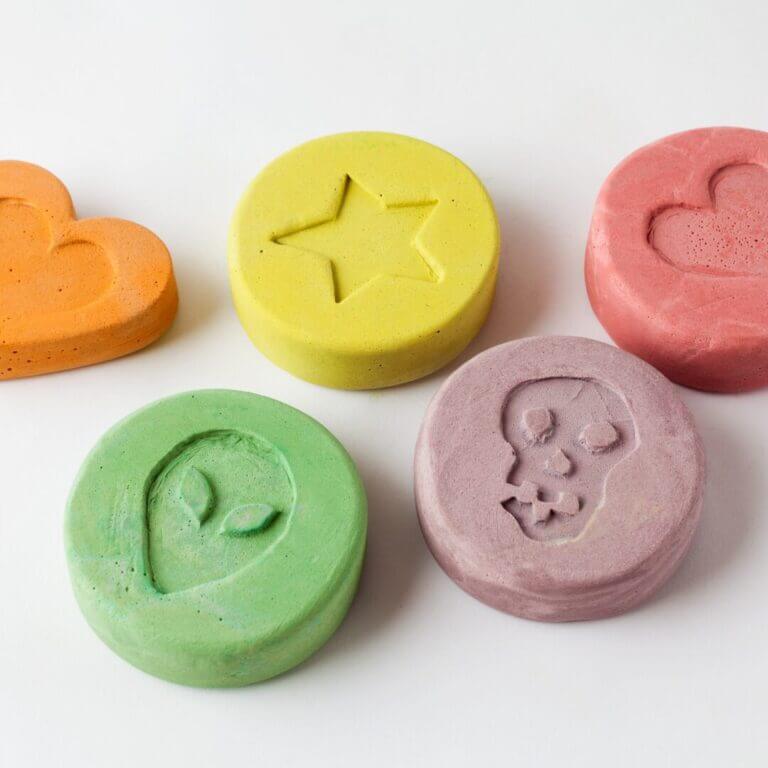Fentanyl is a powerful narcotic manufactured under the brand names Abstral, Duragesic and Subsys. The anesthetic is typically reserved for pain-management in patients with serious illnesses, such as terminal cancer.
The compound that makes up fentanyl is easily replicated in a lab, leading to its wide distribution. In 2016 alone, more than 19,000 opioid-related deaths were attributed to fentanyl, as reported by the National Center for Drug Abuse Statistics. This represents a six-fold increase since 2010. The Centers for Disease Control (CDC) reported that overdose deaths caused by fentanyl doubled in a 6-month period from the end of 2016 to the summer of 2017.
According to the CDC website, “The number of deaths involving heroin in combination with synthetic narcotics has been increasing steadily since 2014 and shows that the increase in deaths involving heroin is driven by the use of fentanyl.”
What is Fentanyl?
While fentanyl has been in the news in recent years because of its association with the surge in overdose deaths, the drug is not a new one. This synthetic opioid was created in Belgium in 1960 and approved by the FDA in 1968, and was initially administered as an intravenous anesthetic called Sublimaze. Decades later, in 1998, the fentanyl transdermal patch was developed. By 2005, the FDA had issued a public health warning related to the dangerous effects of the patch, with another warning following in 2007.
The drug is so potent that law enforcement and first responders fear having any contact with the substance, as just a few granules can produce fatal respiratory effects. Fentanyl is said to be 50-100 times more powerful than morphine and 50 times more powerful than heroin.
Know the Risks of Fentanyl
Many of fentanyl overdose deaths have occurred in individuals who had no idea that they were ingesting the drug. People seeking recreational drugs may be completely unaware that the substance they purchased had been mixed with the deadly fentanyl. Most commonly, this occurs when purchasing heroin, although fentanyl has also been detected in cocaine and black market prescription pills.
Not all individuals who ingest fentanyl do so unknowingly. Fentanyl patch use is one example of using the drug recreationally. The fentanyl patch provides a slow-release administration of the drug that lasts for about 3 days. The patch is not always used as designed, however. The fentanyl patch can be used in various ways, such as chewing it, scraping the gel contents and inhaling its vapors or injecting it intravenously, or steeping the patch like tea and drinking the drug. As with all other psychoactive substances, a person using fentanyl recreationally will build up a tolerance to it, leading to increased dosing and the risk of overdose.
Symptoms of Fentanyl Overdose
Fentanyl use, whether one is aware of its presence or not, will dramatically increase someone’s risk of overdose and death. A fentanyl overdose is a serious medical emergency, allowing very little time for successful intervention. Signs of fentanyl overdose include:
- Extreme sleepiness, grogginess, or fatigue
- Difficulty breathing, slowed respiratory function
- Pinpoint pupils
- Loss of physical coordination, inability to walk
- Confusion
- Dizziness
- Cognitive impairment
- Coma
Know the Signs of an Opioid Use Disorder
Recognizing the behavioral, physical, and psychological signs of opioid use is critical in helping a loved one avoid the risks of encountering fentanyl. These might include:
- Nodding off
- Itchy skin
- Weight loss
- Impaired judgment
- Chronic constipation
- Withdrawing from friends and family
- Needle marks
- Sleep disturbances
- Trouble concentrating
- Pinpoint pupils
- Slowed motor and cognitive functioning
The grip of an opioid use disorder is no match for the individual to tackle on their own. The sooner that someone obtains professional treatment, the better the chance they will avoid the dangers of fentanyl.
Ashley Addiction Treatment, formerly Father Martin’s Ashley, is a nationally recognized nonprofit leader in integrated, evidence-based treatment for substance use disorders and is accredited by The Joint Commission. We offer both inpatient and outpatient programs, holistic addiction treatment, drug detox, relapse prevention plans, family wellness programs and a variety of other services tailored to each patient’s needs. Our driving principle — “everything for recovery” — reinforces our mission to heal each individual with respect and dignity, and reflects on our ongoing commitment to meet new challenges. For information about our comprehensive programs, please call (866) 313-6307.

